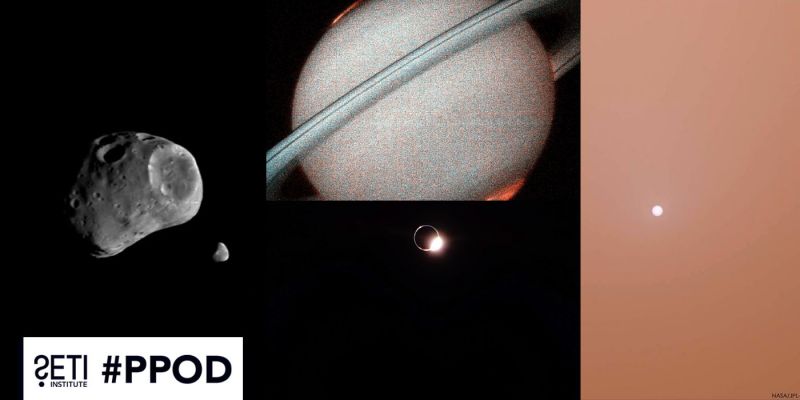Kamo’oalewa, a 50-meter diameter quasi-satellite of Earth, shares spectroscopic similarities with a lunar sample collected by Apollo 14.

One of the weird fallacies of our knowledge of the solar system is the idea that the Earth only has one moon. Wait, what? No, it’s true. The Earth has other natural satellites than the Moon. They’re not on the same order as the Moon, though, so they’re called quasi-satellites, and Earth currently has five of them. We say ‘currently’ because these bodies are small and usually have orbital characteristics that deteriorate until the tiny moons escape the Earth’s gravity well.
Of the five quasi-satellites we know of at the moment, the one with the most stable orbit is Kamo’oalewa, a 50-meter diameter near-Earth object with a rapid rotation of thirty minutes that can come within 14.4 million kilometers of our home planet. And while its orbit is stable-ish, the geometry of the orbit with Earth makes it difficult to observe. A team of researchers has collected about five years’ worth of observational data from the Large Binocular Telescope and the Lowell Discovery Telescope. They collected both photometric and spectroscopic data in the hopes of understanding Kamo’oalewa.
What they found are spectral characteristics that show silicate minerals, the stuff that makes up most of the rocks here on the Earth and on other rocky bodies, as well as a bunch of space weathering. Planetary Science Institute (PSI) associate research scientist and co-author Juan Sanchez explains: This means that the optical properties and physical structure of the surface have been modified by micrometeorite bombardment and solar wind particles.
Then when the team dug even more into the spectroscopic data and compared it to the spectra of meteorite samples and other near-Earth objects, they found similarities between the spectrum Kamo’oalewa and a lunar sample collected during the Apollo 14 mission. This means, interestingly, that this temporary moon could have come from the Moon itself, possibly as ejecta from an impact. It could also have been simply captured by the Earth’s gravity well from the rest of the near-Earth asteroids.
The team is now planning for a sample return mission to Kamo’oalewa, with a possible launch date in 2025.
More Information
- PSI press release
- “Lunar-like silicate material forms the Earth quasi-satellite (469219) 2016 HO3 Kamoʻoalewa,” Benjamin N. L. Sharkey et al., 2021 November 11, Nature Communications Earth & Environment
This story was written for the Daily Space podcast/YouTube series. Want more news from myself, Dr. Pamela Gay, and Erik Madaus? Check out DailySpace.org.
Originally published on medium.com.





